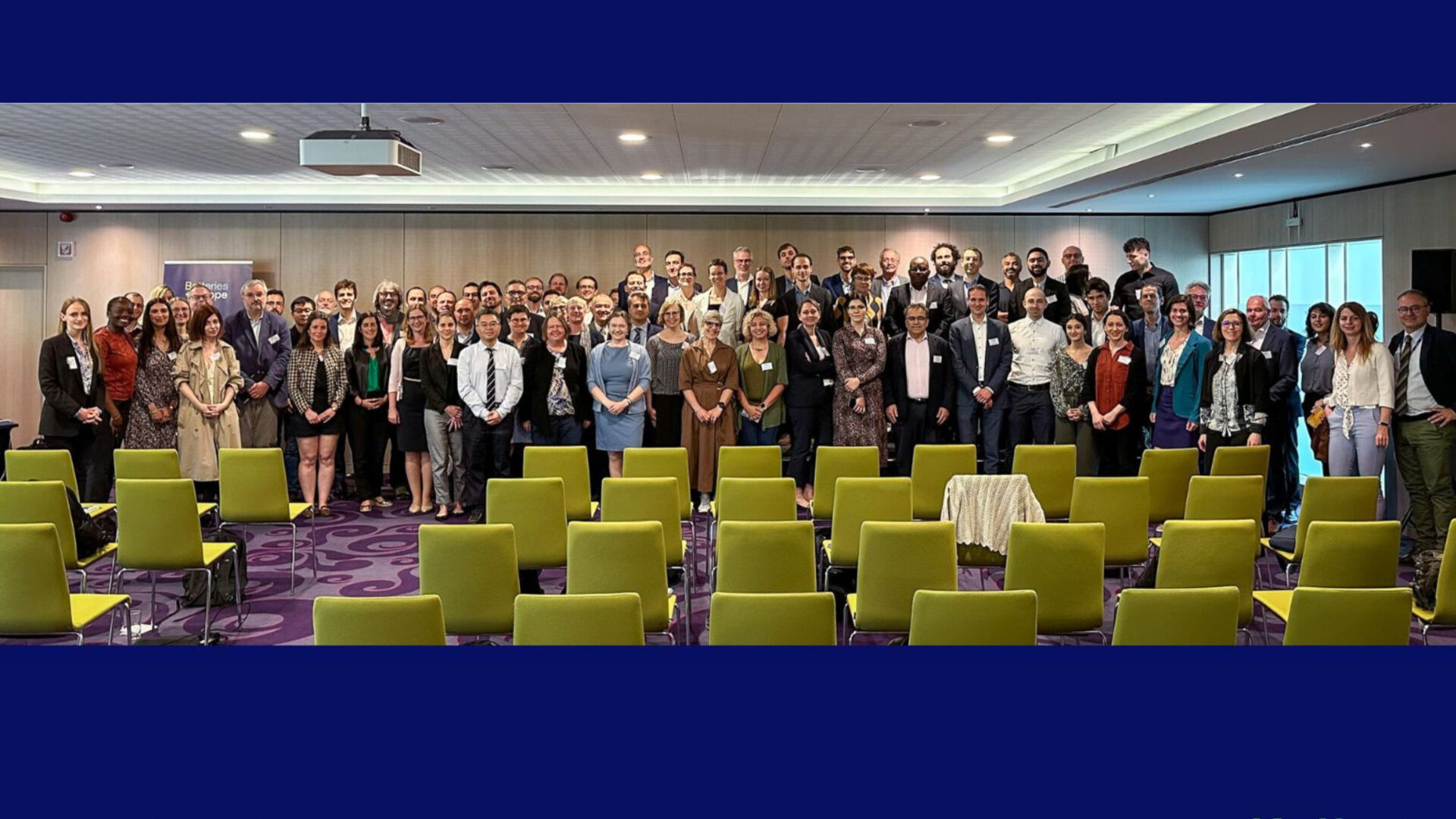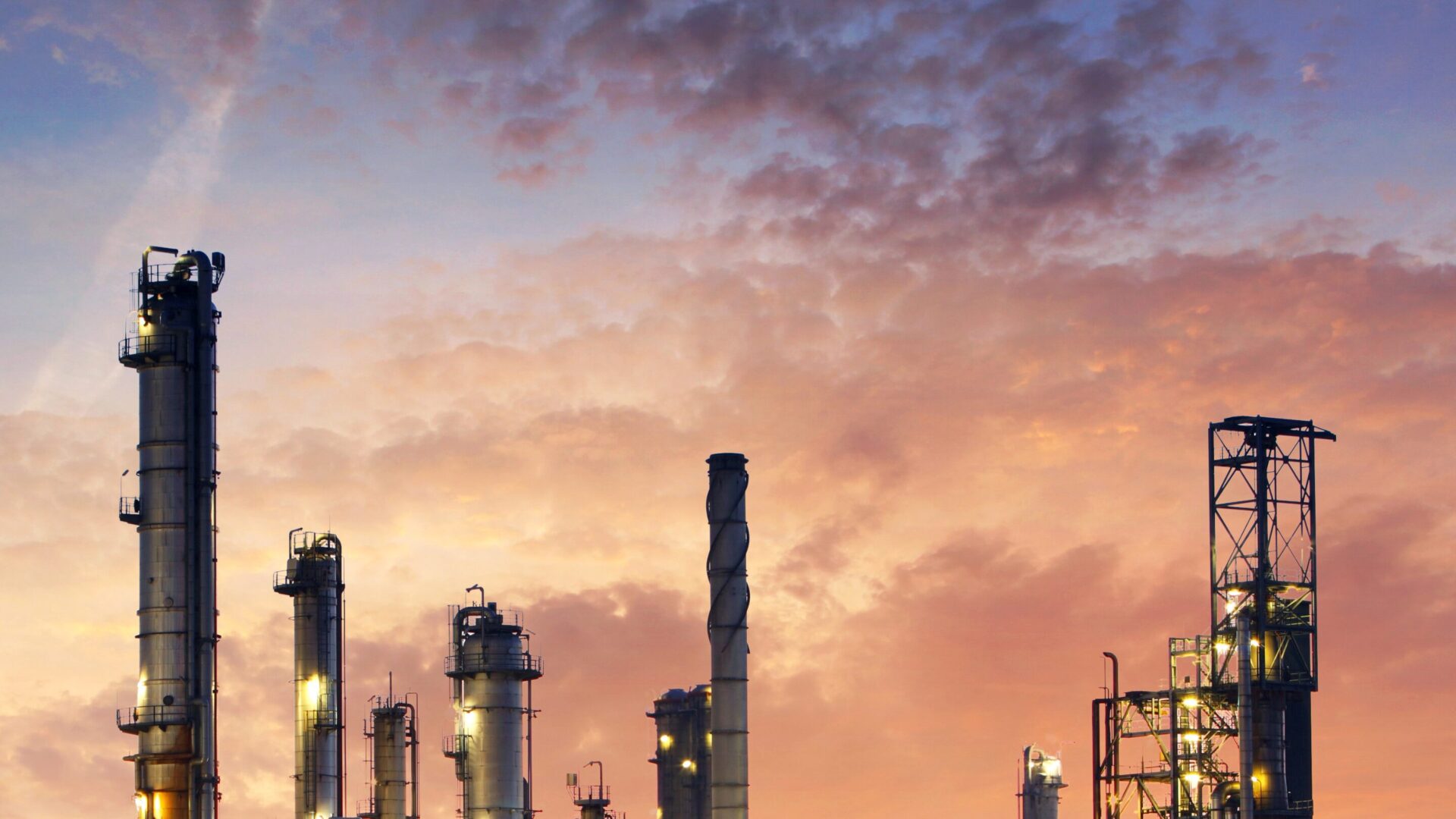The European Union should increase its investment in flow batteries, as they offer reliable and sustainable long-duration energy storage, which is key for the achievement of security of supply.
The ongoing war in Ukraine has made it clearer than ever that the European Union needs to reduce its dependence on imported energy.
In the quest for energy self-sufficiency, policymakers must not jeopardise the achievement of the decarbonisation targets, and instead continue to push for the deployment of more renewables. However, the investment in renewables must be accompanied by sufficient investment in energy storage, including different long-duration energy storage technologies, such as flow batteries.
Without a system that can save energy for low wind or cloudy days for a long time, the EU will always be dependent on fossil fuels and energy imports. Curtailment is not only highly inefficient, but is also costing a lot to the EU Member States. For example, in 2020, Germany curtailed 5900 GWh of wind energy, or about 5% of its total production, costing EUR 730 million.
To save energy and money, it is also important that the EU invests in LDES technologies. Anthony Price, Secretary-General of Flow Batteries Europe clarified “Flow batteries are one of the key LDES and represent a cost-effective option. For example, a Tesla lithium-ion gigafactory produces 35GWh per year and costs USD 5 billion. Meanwhile, a flow battery gigafactory would cost less than half of a lithium-ion factory.”
Efficient, safe and sustainable, flow batteries can be produced with readily-available materials and can provide 10-12 hours of storage, with the possibility of reaching even 100+ hours in the future. For flow batteries to reach the market at a large scale, we need a more favourable legal framework and more funding opportunities, as is the case in other parts of the world, including the United States, China and the United Kingdom.
We urge the EU to offer investments to EU flow battery producers and manufacturers, to ensure both the competitiveness of the EU’s long-duration energy storage technology value chain and the achievement of energy independence of the EU.






